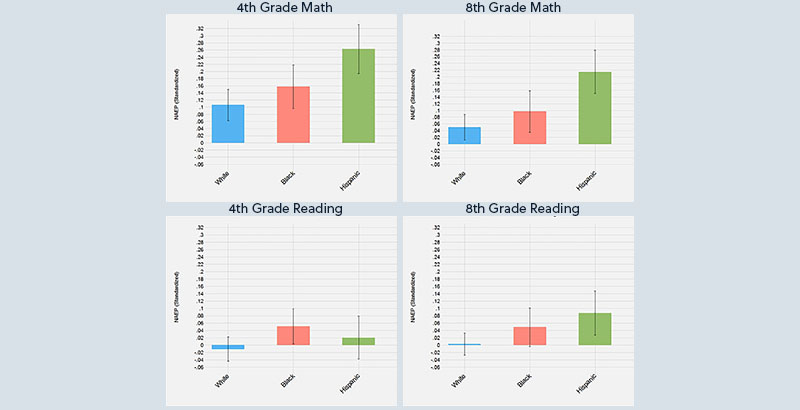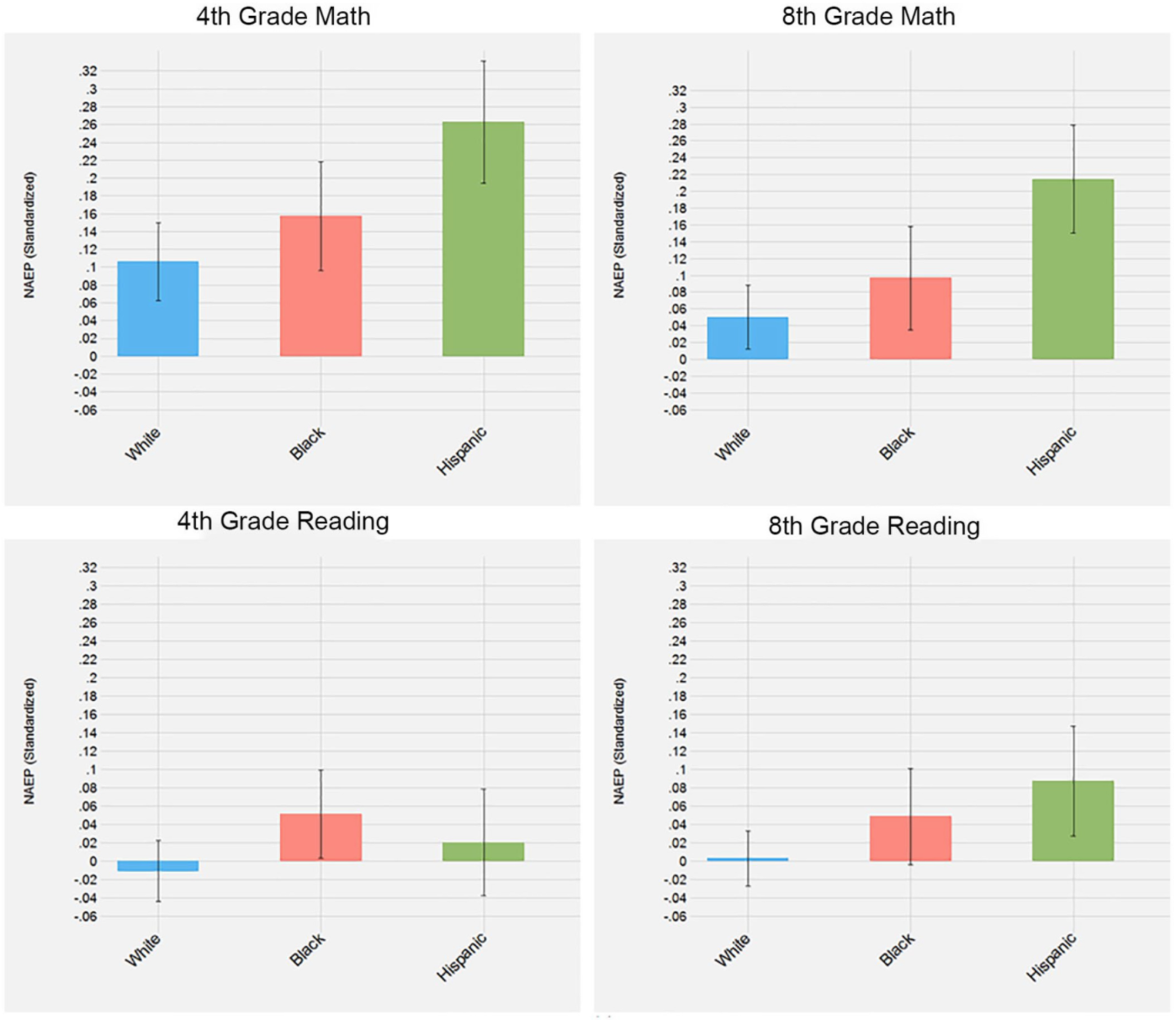‘What a Distraction’: More Research on Common Core Points to Meager Academic Gains

Get stories like these delivered straight to your inbox. Sign up for The 74 Newsletter
For a few years in the mid-2010s, there was no education issue more controversial than the newfangled academic standards known as the Common Core. Dozens of states, spurred on by an enthusiastic Obama administration, adopted the reform in the hopes of dramatically improving instructional quality, while a counter-movement led mostly by Republicans rejected it as federal coercion.
A little more than a decade after the fight over the standards began, the vast majority of U.S. students still learn from curricula that are at least nominally aligned with Common Core. But a wave of research released over the last few years suggests that, far from being either a K-12 panacea or a domineering exercise in Washington overreach, the huge shift in policy had a relatively meager impact on student achievement, and may not have altered teacher practices nearly as much as was originally thought.
The latest data point comes from a study published in the open-access journal of the American Education Research Association. Analyzing standardized test performance from states that adopted and implemented Common Core early on, researcher Joshua Bleiberg found that scores ticked up only modestly over the first few years. The improvement was limited to scores in math, and even that was enjoyed disproportionately by relatively well-off children.
Bleiberg, a research associate at Brown University’s Annenberg Institute for School Reform, said that his findings pointed to the same general picture of Common Core that earlier research has yielded: an idea that failed to live up to expectations.
“There are now a few studies, including mine, that find small effects for math or ELA, whether they’re positive or negative,” he said. “I think a lot of people have accurately characterized that as a policy failure. That was not the objective, and the effect sizes were so small.”
To examine the changes triggered by Common Core, Bleiberg compared fourth- and eighth-grade scores on math and reading over six iterations of the National Assessment of Educational Progress, commonly referred to as the Nation’s Report Card. The last two rounds of the exam came in 2011 and 2013, when the standards were beginning to be enacted. Altogether, he assembled data from hundreds of thousands of students across roughly 4,000 schools.
While the majority of states had begun on the road to Common Core by 2013, only some were “early adopters” that had already established new professional development and curriculum standards, or officially mandated that instruction had to be aligned with Common Core. (Fourteen states were excluded from the research entirely, either because they never adopted Common Core or they had comparatively rigorous academic standards in place even before its arrival on the scene.) By exploiting the differences in timing, Bleiberg set out to isolate the effects that could be plausibly attributed to the new standards.
Those effects were hardly transformative — only 10 percent of a standard deviation in NAEP math results. Using eligibility for free or reduced-price lunch as a stand-in for poverty, the growth in scores was greater for economically advantaged white students — and much more significant for economically advantaged African American fourth-graders — than their less affluent peers.
The conclusions are similar to those of other studies that have probed Common Core’s impact on learning, which have generally shown achievement either unchanged, rising very slightly, or even sinking somewhat. Tom Loveless, a former director of the Brookings Institution’s Brown Center on Education Policy, conducted several of those studies and recently published a book on the standards. In an interview, he described the general findings on Common Core’s early returns as simply disappointing.
“There’s no other way to say it, especially over many, many years of implementation, all the money that was spent on it, all the teacher development, and the debate that got so bitter and nutty,” Loveless said. “What a distraction, to get us so fired up over one-tenth of a standard deviation. It’s just minuscule.”

The heart of the reform’s “failure” lay in its theory of action, he argued. Even ambitious regulatory changes must penetrate multiple layers of authority before eventually reaching classrooms. In the case of Common Core, the federal government had to induce states to rewrite their standards of learning, states themselves had to prepare their districts to implement them, and districts had to bring along schools and employees. That tortuous chain of custody, which Loveless analogized to the children’s game of telephone, makes it challenging to ensure that the designers’ original intentions are ever carried out.
“I don’t even think a school principal can do that in his or her own building with a teacher who has low standards,” Loveless said. “So the idea that we’re going to have this broad-scaled, top-down implementation of standards in a way that improves learning — that just doesn’t work.”
Though the standards don’t appear to have significantly raised the bar for student performance over their first decade, Bleiberg said there was little reason to think that anything might be gained by abandoning them now. But it remained an open question, he said, to what extent the huge expenditure of money, time, and political capital had succeeded in altering instruction. In fact, educator surveys conducted by the RAND Corporation suggested that by 2016 — well into Common Core’s implementation phase — most teachers still weren’t using curricular materials that were highly aligned to the new standards.
The inability of authorities to persuade teachers to buy into the approach may have spelled disappointment from the start, Bleiberg observed.
“States can’t direct, really, what teachers think, and so teachers will correctly use their judgment in their own classrooms. This is a reform that’s particularly sensitive to those types of challenges, and I think the people in 2007-2009 who were thinking about it perhaps didn’t adequately take that into account, and that’s why it didn’t work as well as they thought it would.”
Get stories like these delivered straight to your inbox. Sign up for The 74 Newsletter


